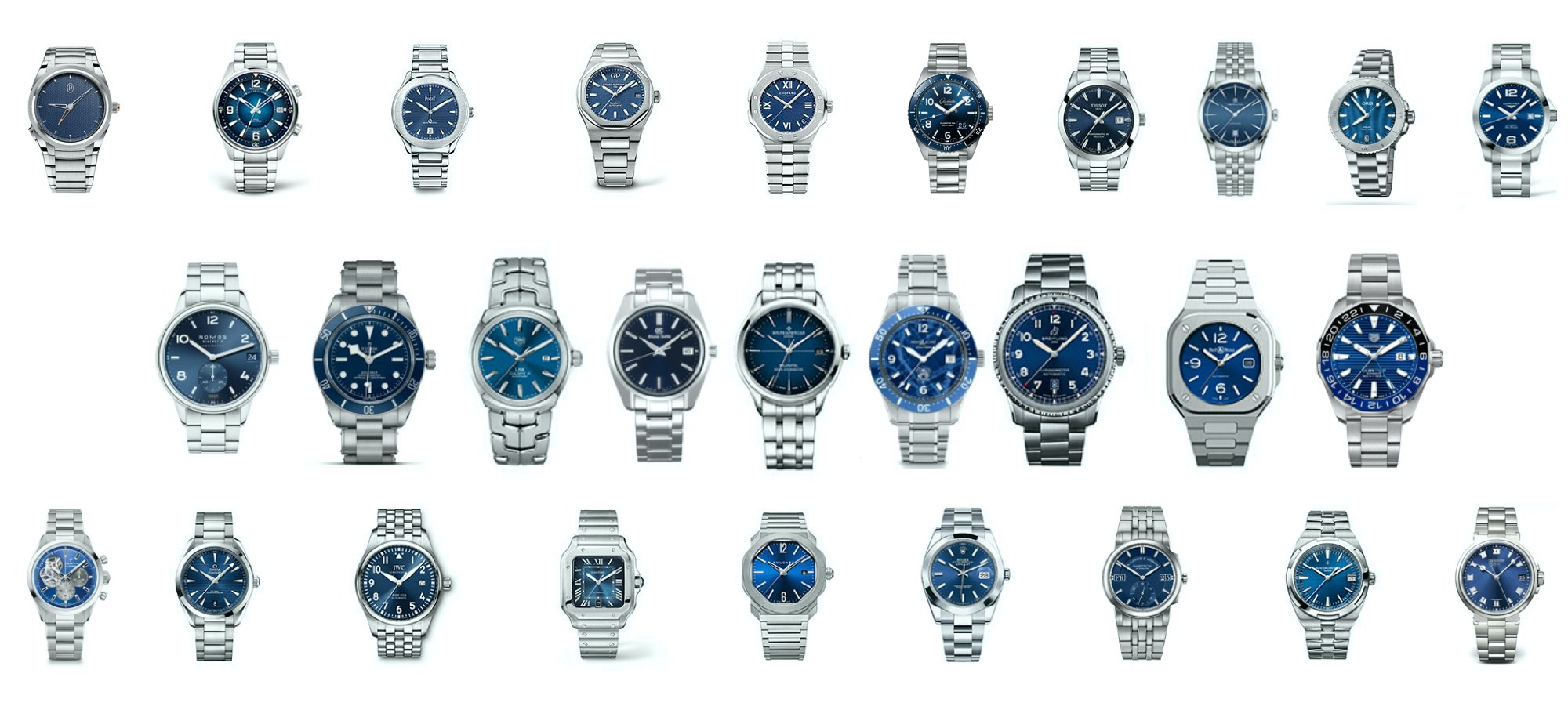
Editor’s Note: This is part of a new series of editorial columns by our senior editorial staff. Every Monday, aBlogtoWatch aims to bring you a more personal, eclectic kind of editorial expression than our usual blend of news and hands-on reviews. We hope you enjoy reading these columns as much as we enjoy creating them. This is the second installment of David’s column, “Grinding Gears.”
In the first installment of “Grinding Gears,” I promised to address systemic issues linked not just to watch design and execution, but also watch buying trends and wearing habits. Here’s a good one of the latter for us to discuss: Are there too many steel bracelet sports watches and dive watches out there? More to the point, are we watch enthusiasts overwhelmingly partial to “luxury sports” watches always fully clad in cold steel? Or is it just that we are uncompromising in our requirements and want a watch that can go anywhere and do anything?

The Federation of the Swiss Watch Industry (FH, sometimes referred to as FHS) published this chart on Swiss watch exports by material, and, frankly, all this has to be taken with a generous pinch of salt since these figures are believed to be sell-in (watches exported to distributors) and not sell-out (watches actually purchased and worn by end customers). The former can be returned in bulk to the manufacturer if stocks fail to sell, but we are not aware of export numbers later being adjusted with inventory buyback. A better indicator is the trends brands have been setting. No spoiler alert necessary: Brands make more of what they think they can sell — and what they know others are successful at selling. The slow-to-react, famously risk-averse Swiss watch industry has displayed uncharacteristic haste when it comes to engineering and launching steel sports watches fitted with steel bracelets — just look at that collage further above.
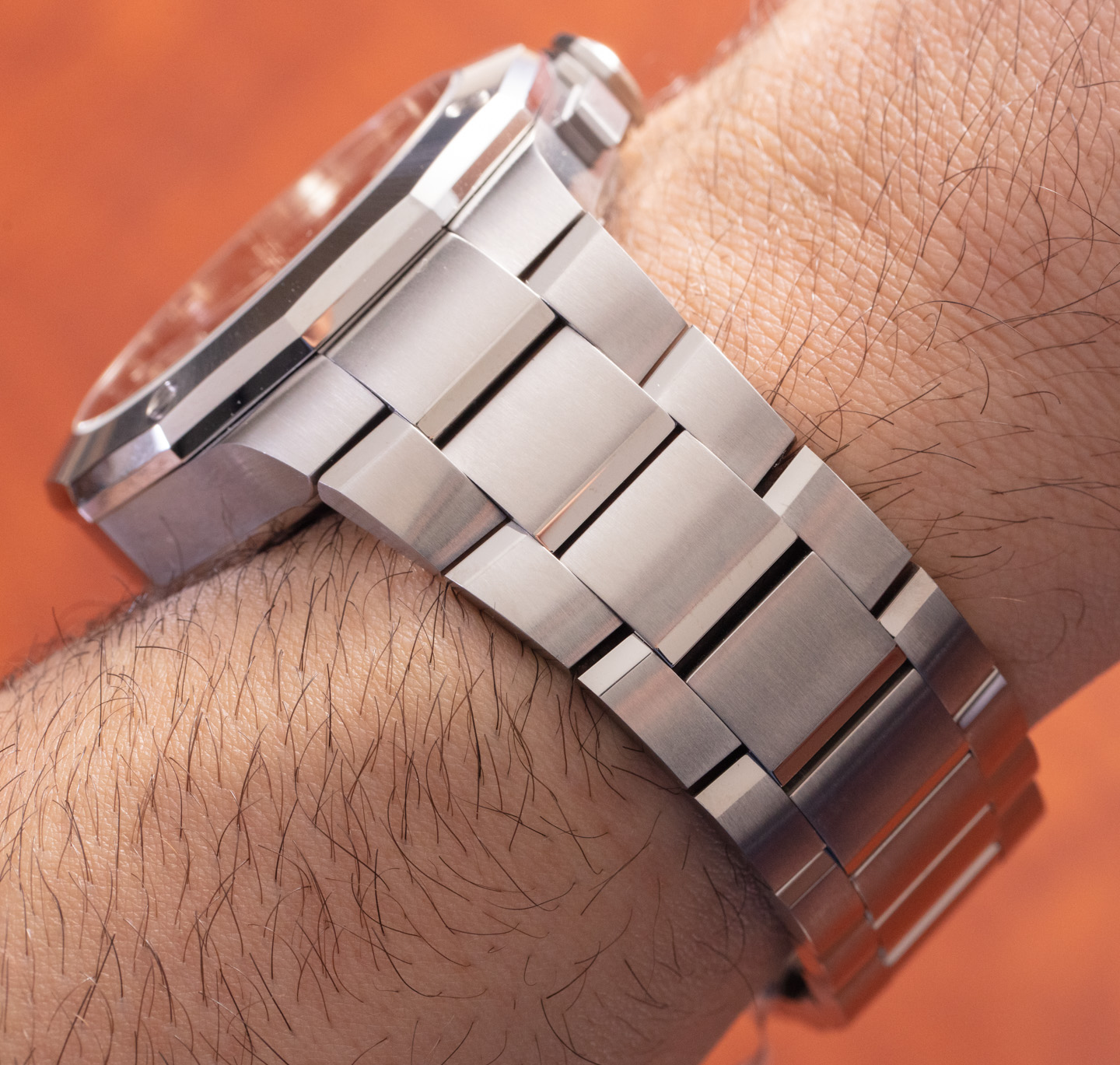
Why is that? Probably because consumer focus has shifted toward this kind of watch. A great deal could be speculated about the major driving forces behind this, from people discovering a more outdoorsy lifestyle during the last few years to the skyrocketing values of trend-setter models such as the Audemars Piguet Royal Oak, Patek Philippe Nautilus, and countless Rolexes, attracting flocks of customers looking to pose with their own slice of the latest “hot stuff.”
The question is whether the product behind all that really is as good as the community keeps repeating to itself? Is it really the best solution to our problems?
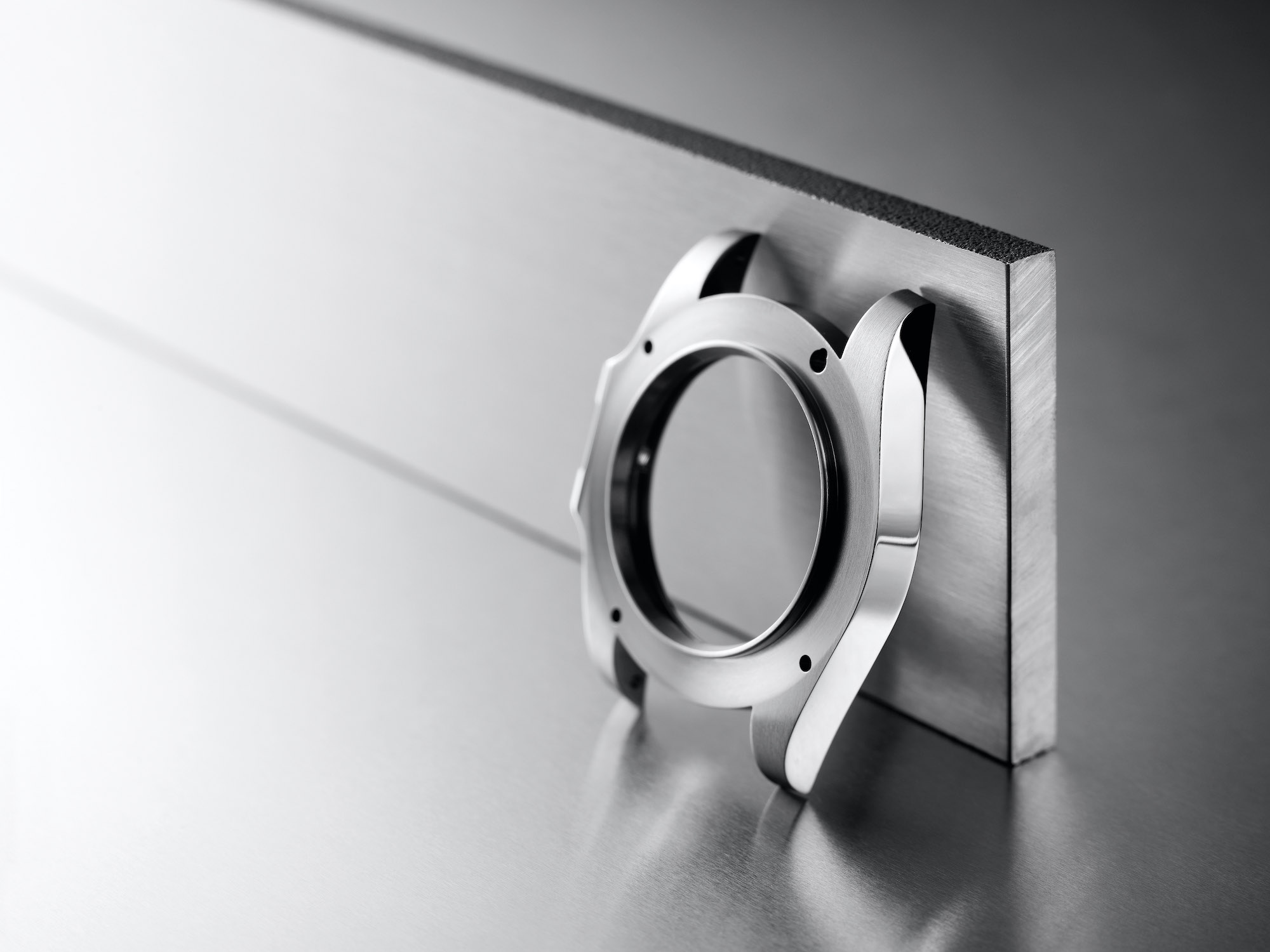
Steel Is Not That Great A Material For Watches & Especially Watch Bracelets
I mean, what is it with steel that we are so attracted to? Is it really a great all-around solution to our problems and expectations? Well, expectations will vary among us, and yes, steel is durable in that it is corrosion-resistant and rather soft, so when you bump or drop your watch it is more likely to ding than to shatter. However, having owned watches with cases and/or bracelets in steel, titanium, rubber, and ceramic (and long-term reviewed a great many more), I can say that even a major knock can leave a ceramic case completely undamaged, but a steel component very noticeably marked. And if you subject your watch to an impact so hard that it shatters a ceramic case, chances are that it will ding your metal case so badly that it’s going to be impossible to polish out — it will have to be replaced, just like a shattered ceramic case.
If we look at watches as practical items rather than subjects of fantasy, we can omit implausible yet common arguments like, “What if I’m an astronaut floating in space and my watch is not allowed to shatter?” — an argument made for the highly scratch-prone Hesalite front crystals used in place of virtually scratchproof sapphire that could also be made for steel against ceramic.
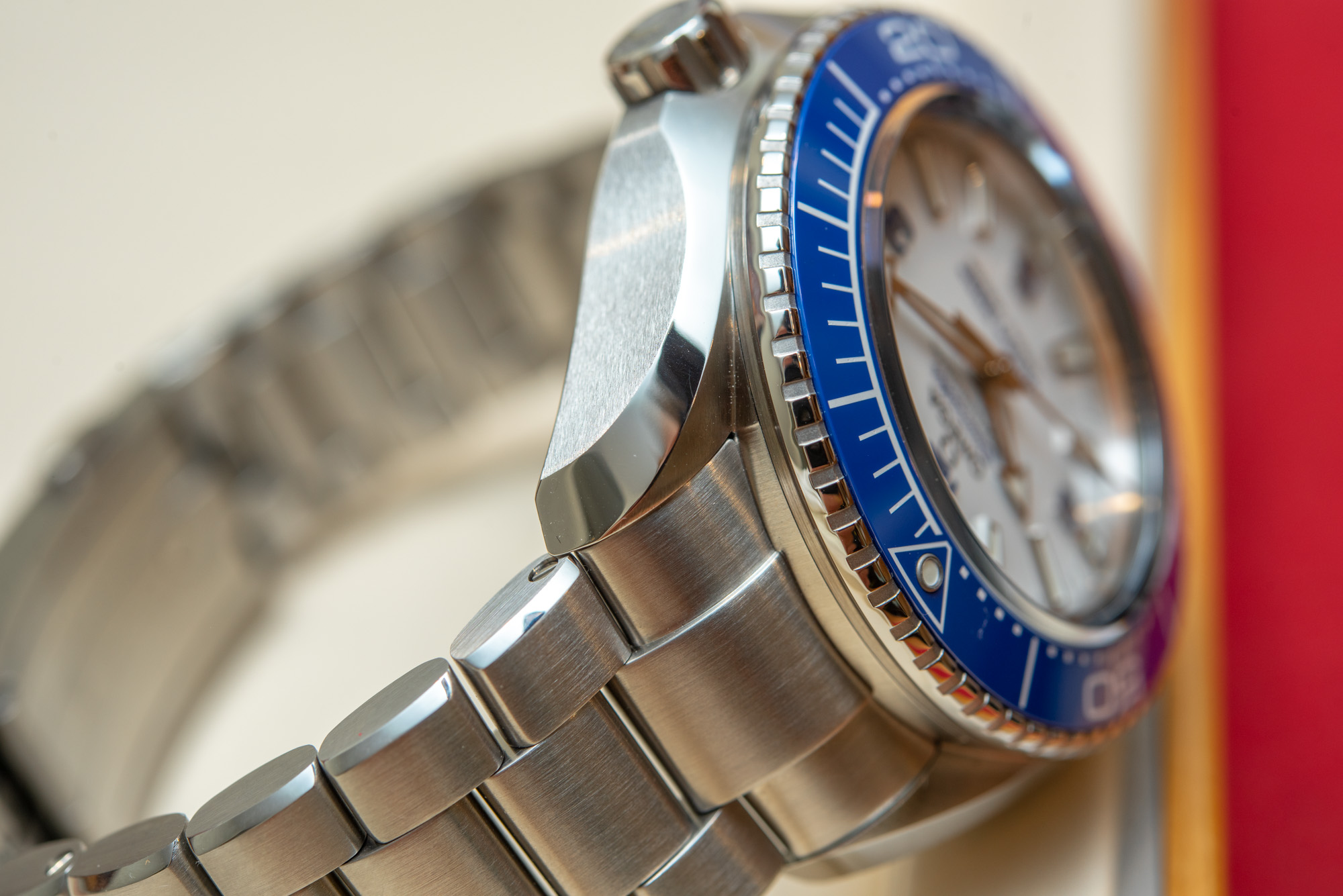
Worse still, a steel bracelet is not at all durable in the sense that most mid-to-high-end watch customers would probably expect. A major factor in narrowing down one’s shopping list for their next watch surely is bracelet quality — and that includes not just fit but also finish. However, if a nicely finished bracelet is of considerable importance, then so is the durability of its desirable sheen and luster. Now, although a quality steel bracelet will remain structurally intact for decades, it will only take a few months of daily wear before it will begin to show innumerable ugly scratches and have its once-neat and flashy polished surfaces all fogged up. Refinishing is always an option, but a watch is only original once, and wouldn’t it be nice if it stayed true to that state for longer? Well, steel does not do that.
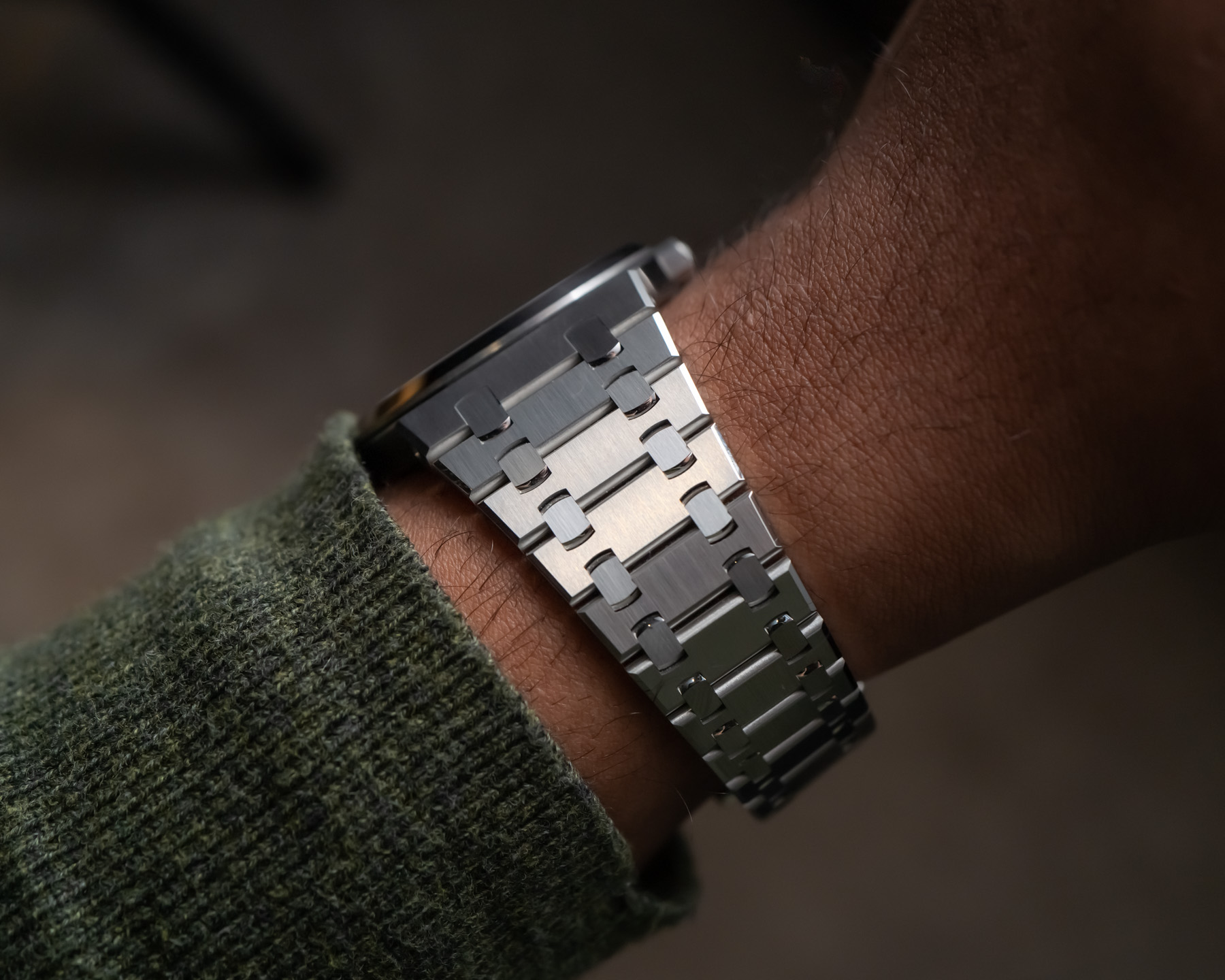
If we are being honest with ourselves, we all would probably prefer to have a bracelet that maintained its original glory to one that shows patina as easily as even luxury steel bracelets do. No matter how careful you are, it’s just a matter of time before your precious steel bracelet will lose its original sheen — and, since we are being honest, no “emotional attachment” to a ding or scratch can fully replace the joy of originality.
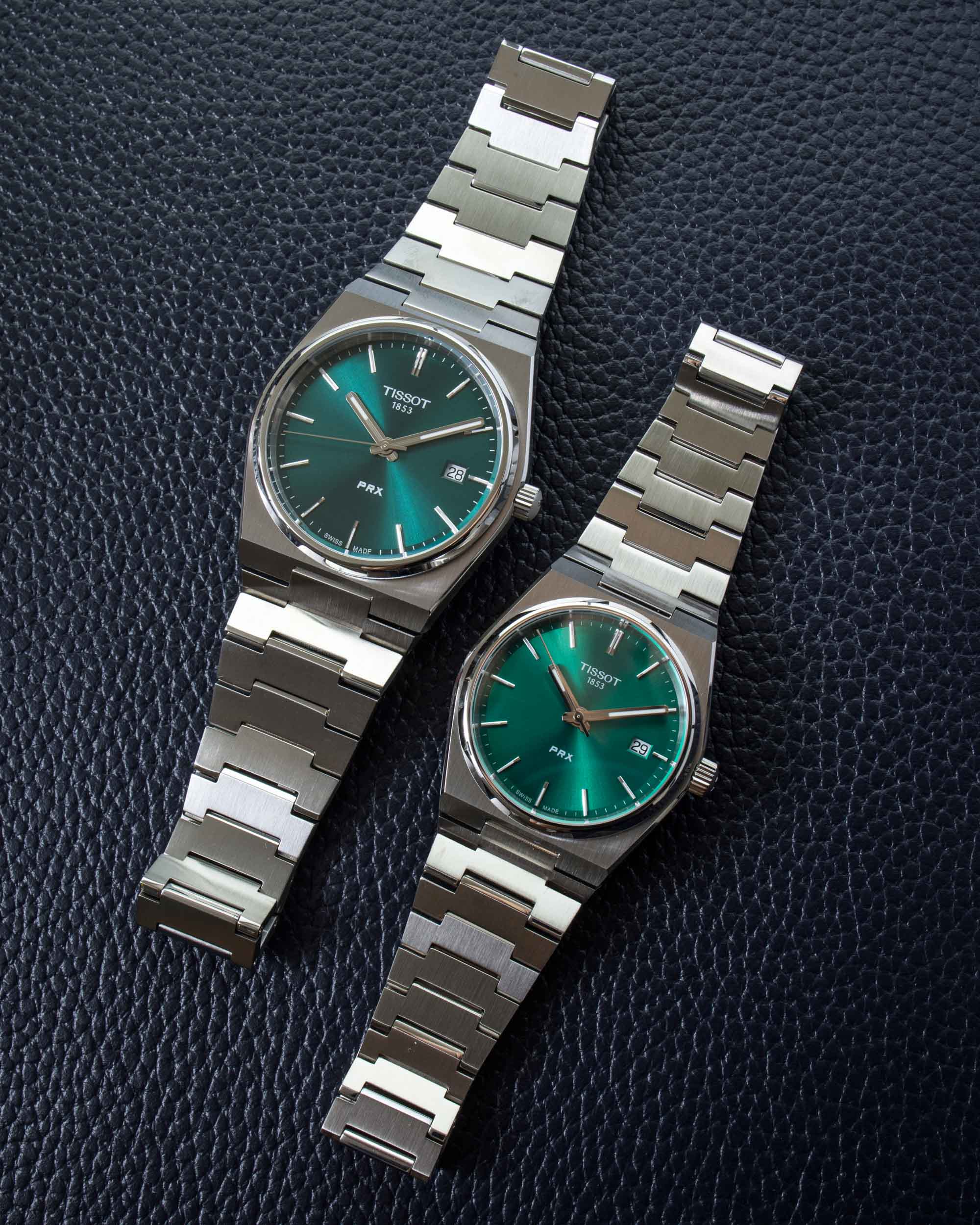
Yet worse still, steel bracelets are not that comfortable, no matter how many decades have gone into perfecting them. We’ll set aside the fact that the majority of bracelets will have either links or clasps or latches with inexplicably sharp edges or corners and just focus on what’s common among all of them: Steel is heavy and cumbersome. To its credit, today’s steel bracelet is so strong and well-made that you could probably suspend a washing machine with one — but none is being used for that; a bracelet is just there to fasten a watch to your wrist. Nobody wants to easily lose a watch because it got caught on something and the bracelet failed, but you definitely don’t want to lose your hand, either, when your watch does get stubbornly stuck somewhere in an accident.
Steel bracelets are over-engineered for strength and under-engineered for comfort.
Steel is heavy, much heavier than titanium (which is lighter by 40%) and ceramic (lighter by around 30%), but other than meeting one’s personal preference for heft, the extra weight adds no value in wearing comfort or durability. It might be fair to say that those looking for that extra heft are rather over-supplied with options (to the point of choice paralysis), while those looking for a metal watch that is as light as possible, while comparably durable, will have to pick from a fractionally smaller selection.
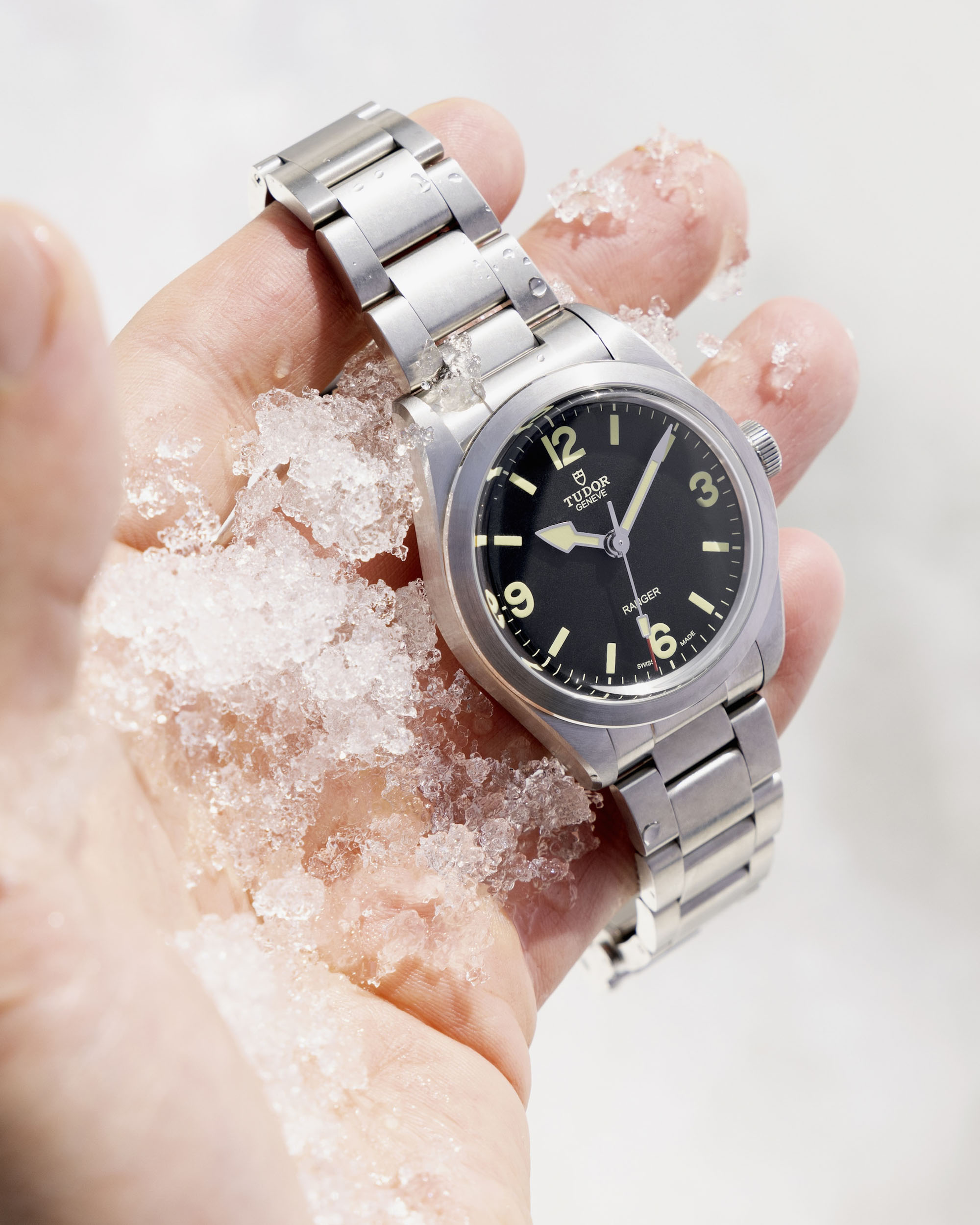
In cold weather, you’ll be putting on a freezing cold ribbon of metal if you have a watch on a steel bracelet — a First World problem, but an annoying one if you have just shelled out however much of your hard-earned money on your greatest-yet watch. Ceramic and titanium, in my experience, are both considerably more comfortable to wear in adverse weather. But if we don’t need its mighty strength and cannot enjoy its pretty finish for long, what’s the point of a steel bracelet?
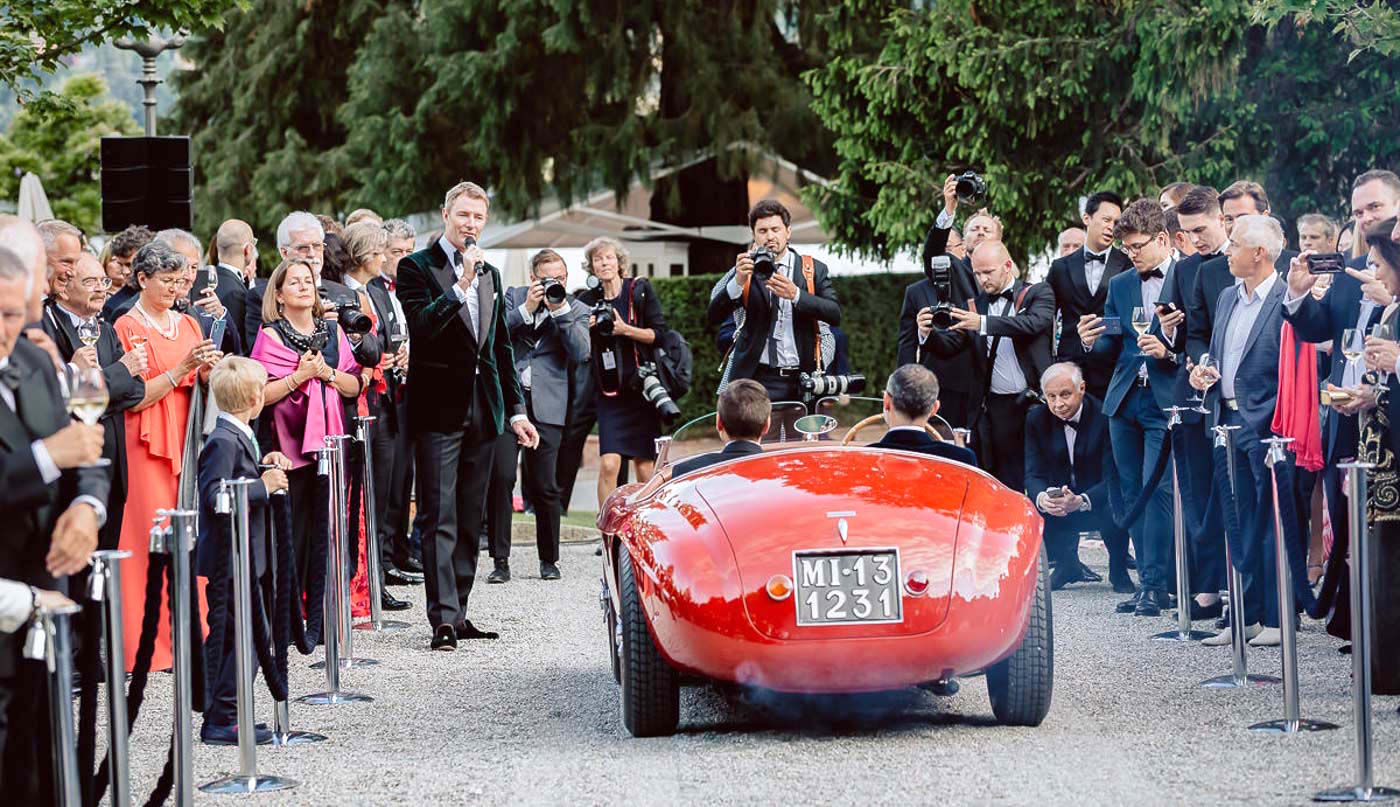
The Meaning Of A Steel Bracelet Luxury Watch Has Changed
The original Royal Oak was a smashing success because it brought conspicuous consumption to a level no watch before it ever managed. Audemars Piguet won’t put it like this, I’m sure, but the Royal Oak of the 1970s meant, “I’m so rich, I can pay more for steel than you value-driven fools are paying for gold, and I can even afford to wear it all the time without a care in the world.” That was the original message of the Royal Oak and it worked because it delivered this in a language everyone could understand: through a brutish but instantly recognizable design with its screws on display and its case size all blown up.
The original message of a luxury sports watch on a steel bracelet was one of incredible wealth and conspicuous consumption. Today’s message is as contrary to that as it is possible to imagine: It means that I can only afford one nice watch and I expect it to do everything. I want to wear it to the office, to the pool party at the neighbors, and to the fancy gala dinner with a rented tux. No watch (or another item) can ever tell all that you need to know about someone (not even close, naturally), but since we look at watches as one of those few accessories commonly used for self-expression, we might as well have an honest look at what a watch says about us to others. And no, your luxury dive watch is not telling anyone that you are an avid diver because non-WIS people scarcely know or care about the things that make a watch a dive watch.
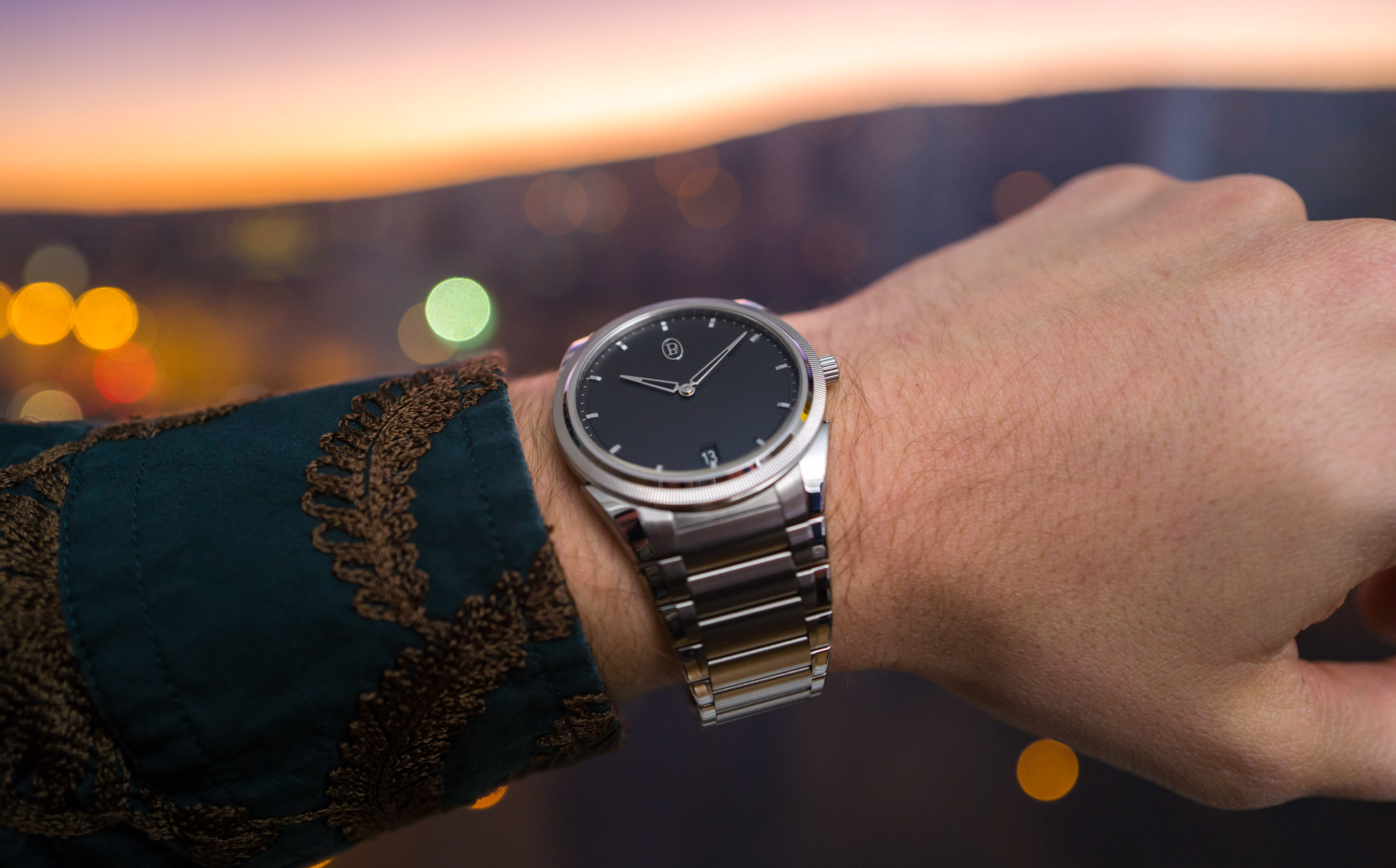
Are There Too Many Steel Bracelet Sports Watches On Offer?
We should make it very clear: The point here is not that steel bracelet sports watches shouldn’t exist or be enjoyed. If people want them, they should have a wide range of splendid options to choose from. However, it has come to a point that even highly elegant watches sport a metal bracelet because they are considered to be unsellable without one. Just think of the beautifully proportioned Parmigiani Tonda PF as a most fitting example: A slim and neat watch whose official press material is all about being “sartorial” and “elegant” that nevertheless has a wide and rather unwieldy steel bracelet hanging off of it. The bracelet arguably overpowers the delicate details of the slender case, the two-step, hand-wrought platinum bezel, and the impossibly nuanced guilloché dial. This is a watch-head that never needed a steel bracelet, at least not from a design perspective, and yet it debuted with one — because it would be a dress watch without one, and nobody wants one of those, right?

Steel Bracelet Watches Are Not As Elegant As We’d Like To Think
Although you won’t catch me matching the color of my belt to my brogues, or the lining of my jacket with the pattern of my socks, or any such sartorial pleasures, even to someone as basic as I am, a steel bracelet watch looks off when worn in an elegant setting, not to mention pairing it with a suit or a tuxedo. Some things belong on the silver screen and not somewhere else: Just how you don’t say your surname, first name, surname when you introduce yourself (unless you are a desperate Bond-impersonator), wearing a dive watch for dinner is as out of place as the idea of you blowing something up by turning the bezel on your watch.
In a way, and especially to non-watch-people, wearing a steel bracelet sports watch for an elegant dinner sends the message of, “This is the only nice watch I own…”
…And not the message that you are an avid diver (which you are probably not), and certainly not that you are the next Bond, who’s ready for action down to his watch of choice. No need to rock a platinum Vacheron, just dig up a cheap vintage watch, put it on a decent leather strap, wear it with pride, and see how much better a fit that will be for those special occasions.
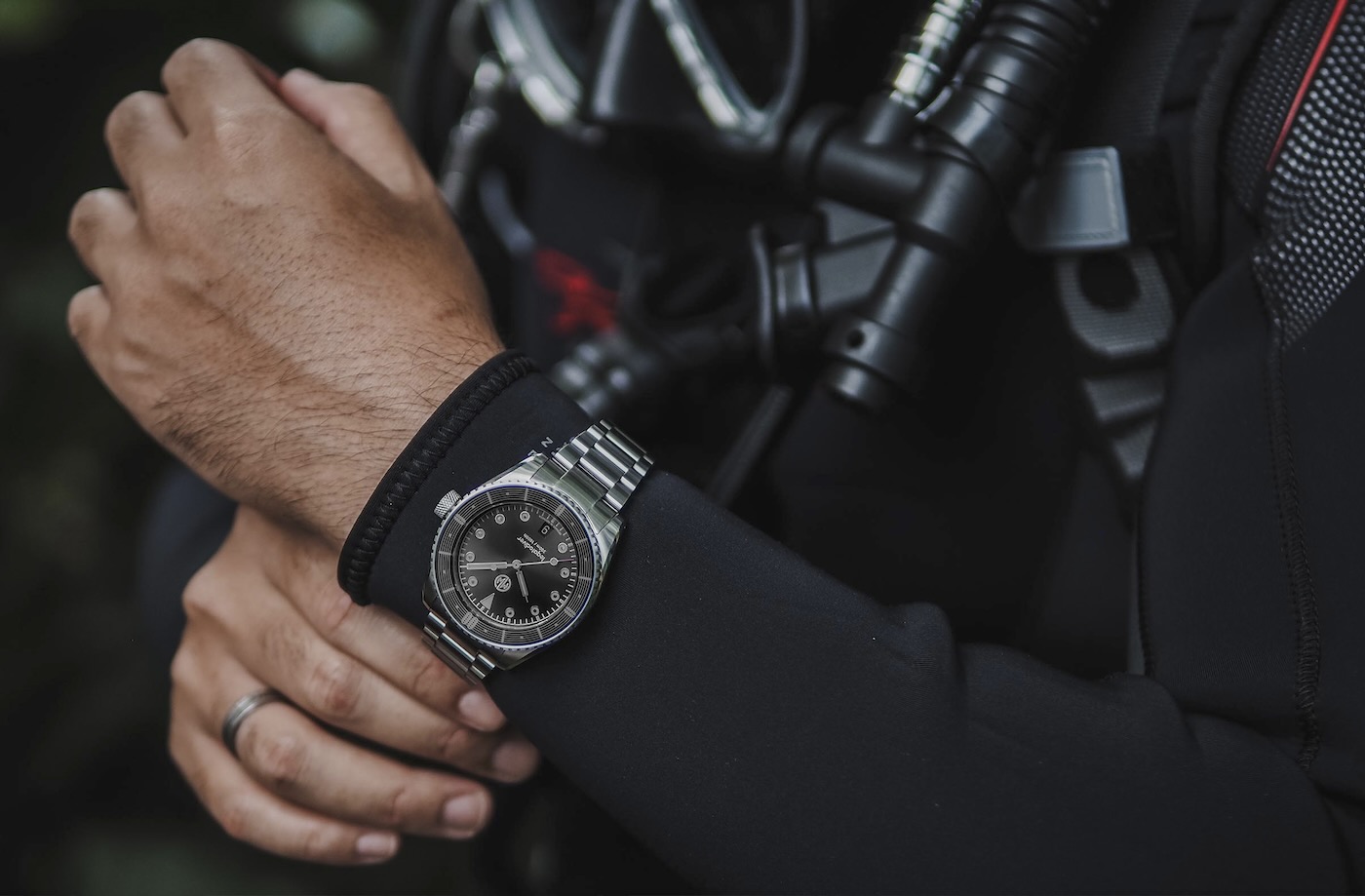
Conclusions
It’s difficult not to look at steel bracelet sports watches as a poseur thing that really got out of hand. More often than not, steel bracelets are hanging off of watches that will never experience more than a quick splash from a tap, and most dive watches are hanging onto people who either don’t dive at all or don’t dive regularly. It could be argued that wearing a dive watch to work because you are a hobby diver is like wearing chest waders at the office because you dabble in fly fishing. It’s out of its element.
To close on a personal note, I like to own and use and wear over-engineered items as much as anyone — but a material that loses its intended aesthetic qualities in no time and that offers heavily compromised wearing comfort is not at the rugged edge of modern engineering. It’s time we embraced watches on better bracelets — crafted from ceramic, titanium, or even rubber (check out this Jaeger-LeCoultre review for a great example on a rubber bracelet) — which offered greater comfort, a more durable finish, and came with more unique, expressive, or interesting link designs. We’d love to hear your thoughts and there are no good or bad answers: Are you excited to spend on a steel bracelet sports watch soon, or are you waiting for something new?
